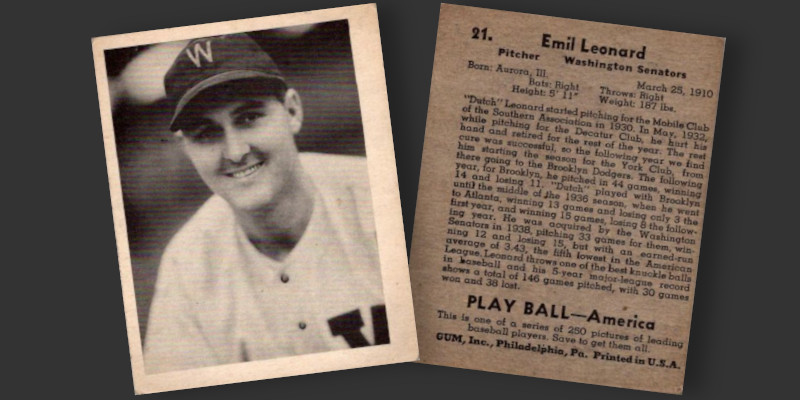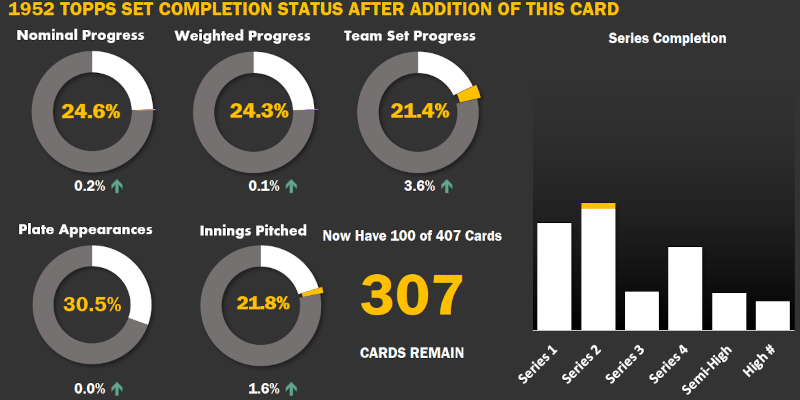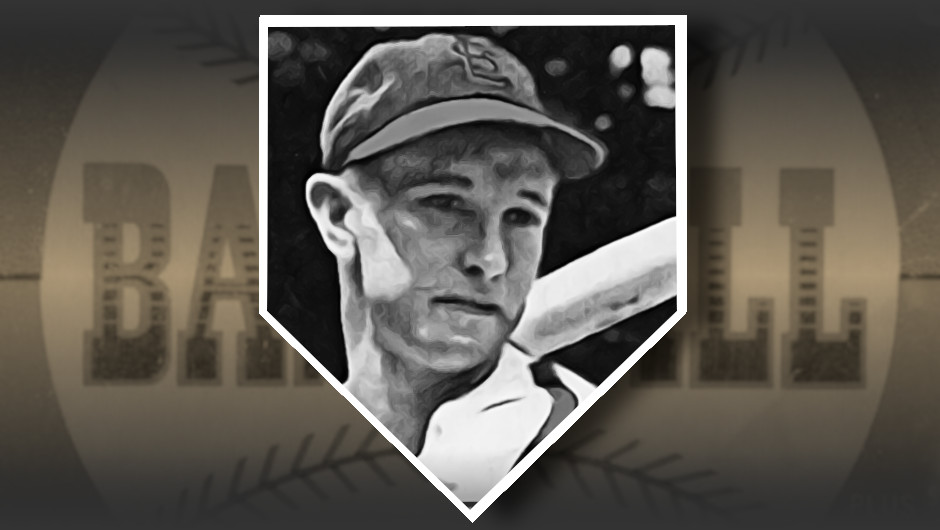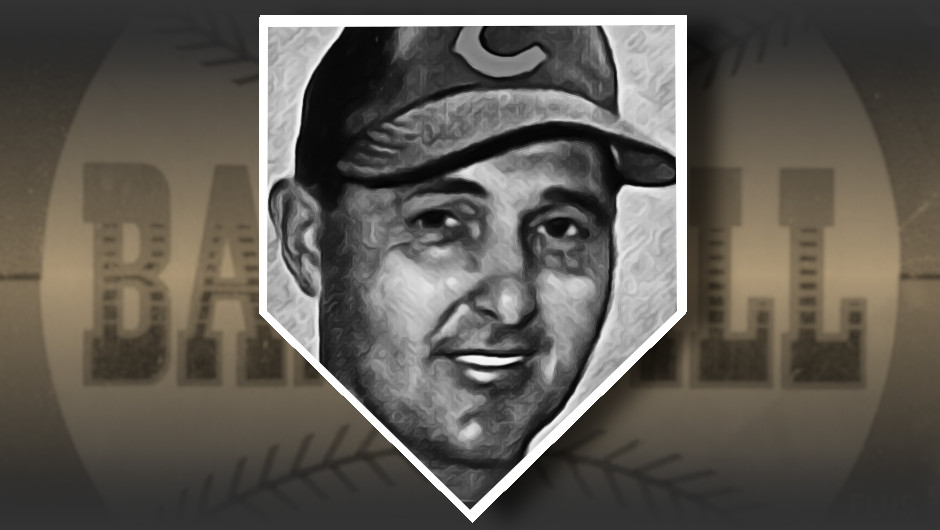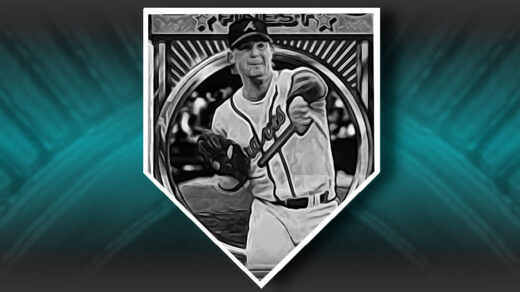Dutch Leonard, a veteran Chicago Cubs pitcher appearing in the 1952 Topps set, bears no family relation to the Red Sox/Tigers pitching legend of the same name. The latter was highly effective, setting the modern record for best single season ERA (0.96 in 1914) and winning multiple World Series games. He also was part of a long-running feud with Ty Cobb that saw the batting champ hauled into the commissioner’s office to face charges of fixing games.
The Dutch Leonard we are interested in made his MLB debut with the Brooklyn Dodgers in 1933. He was never involved in any thrown games but did turn down a $20,000 offer to lose a late season contest in 1944. He specialized in throwing the knuckleball, a slow-moving but erratic pitch that frequently baffled hitters. His early career struggled with catchers unwilling to risk their own reputations trying to corral the ball but he eventually found supportive teammates that understood the advantages. Throughout the 1940s he was known as the sport’s quintessential knuckleball pitcher and even found a home with the Washington Senators in a rotation that featured four knuckleball throwers. The novelty of the pitch attracted attention, inadvertently leading to the pitching success of the New York Mets in the mid-2010s.
Leonard was frequently photographed gripping baseballs as if he were about to unleash another knuckler. A teenager named Hoyt Wilhelm became one of his biggest fans and used news clippings and wire photos of Leonard to learn the pitch. Wilhelm joined the New York Giants in 1952, taking the pitch to new heights as he built a Hall of Fame career around it. For all intents and purposes, Leonard was the metaphorical father of Wilhelm’s knuckleball.
Wilhelm (finally) retired in 1972, but not before passing along his knowledge of the arcane pitch to a struggling rookie named Charlie Hough. The transfer of the pitch to a new generation made Leonard the grandfather of Hough’s knuckleball. Hough would pitch until 1994, even appearing in the 1993 Topps Finest set throwing one in a Florida Marlins uniform. Hough passed along the skill to Tim Wakefield, a struggling infielder in the Pirates organization. Wakefield parlayed this into a two-decade career and helped out another struggling player, the Mets’ R.A. Dickey. Dickey dramatically improved his performance, essentially becoming a staff workhorse for New York and Toronto through much of the 2010s.


Leonard is easily one of the best pitchers appearing in the 1952 Topps set. Nearly a century after his pro-debut he still ranks well within the all-time top 100. Coincidentally, this particular piece of cardboard is my 100th 1952 Topps card.
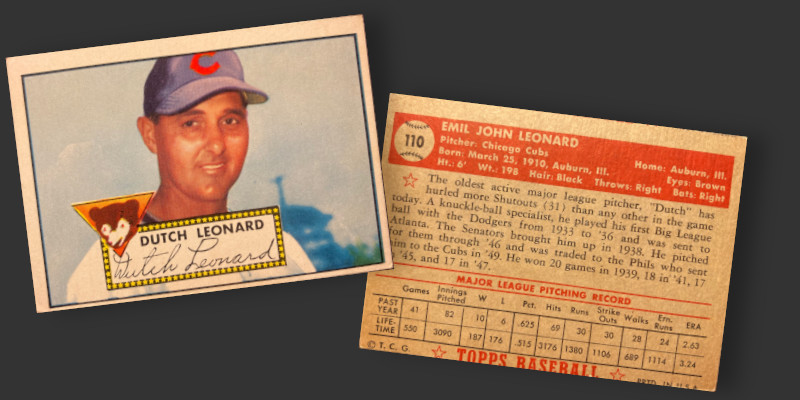
The above 1952 Topps card is my second Dutch Leonard card, replacing the low grade example shown earlier. This one has fantastic eye appeal with a miscut back apparently driving away other collectors. I ended up obtaining it for less than the cost of the poor condition duplicate that now resides in my “trade” pile.
Another Interesting Card of Dutch: 1939 Play Ball
One of the things I like about the ’52 Topps set is that it seems so old to me. It definitely feels like it is from another era. Dutch Leonard’s career, extended by his focus on the knuckleball, reaches back even further. He had more than a dozen years of professional baseball experience by the time World War II reached the United States and had a presence in multiple pre-war card issues.
One of these is the 1939 edition of Play Ball, a forerunner of the sets that would take the Bowman name a decade later. The design connects pre- and post-war collecting as there is very little difference between the 1939 Play Ball cards and those of the 1948 Bowman set. Leonard appears early on in the checklist of the ’39 set as card #21 and collectors are greeted with a fairly substantial text recap of his career to date. Leonard would continue to appear on baseball cards through the 1955 season.
